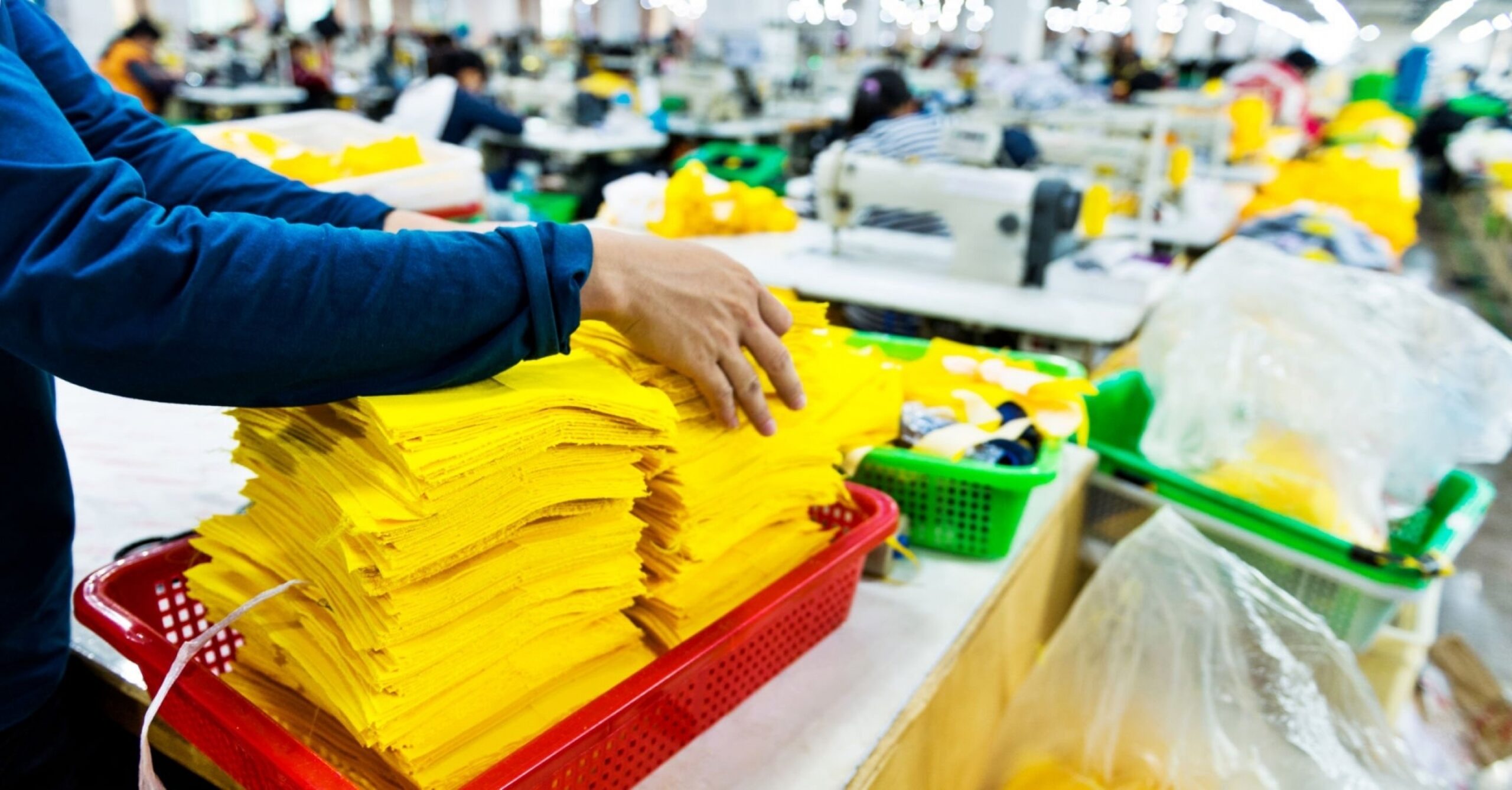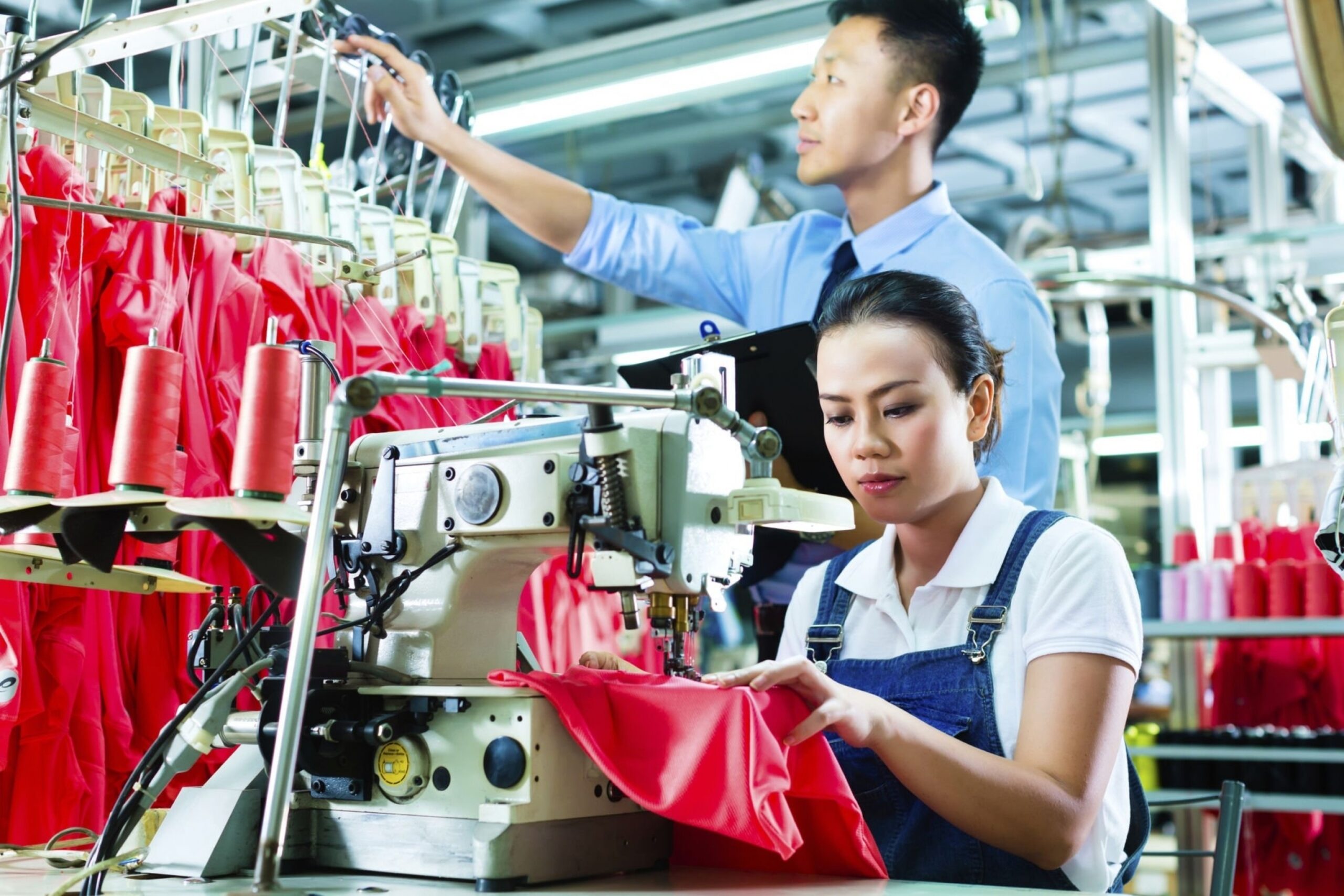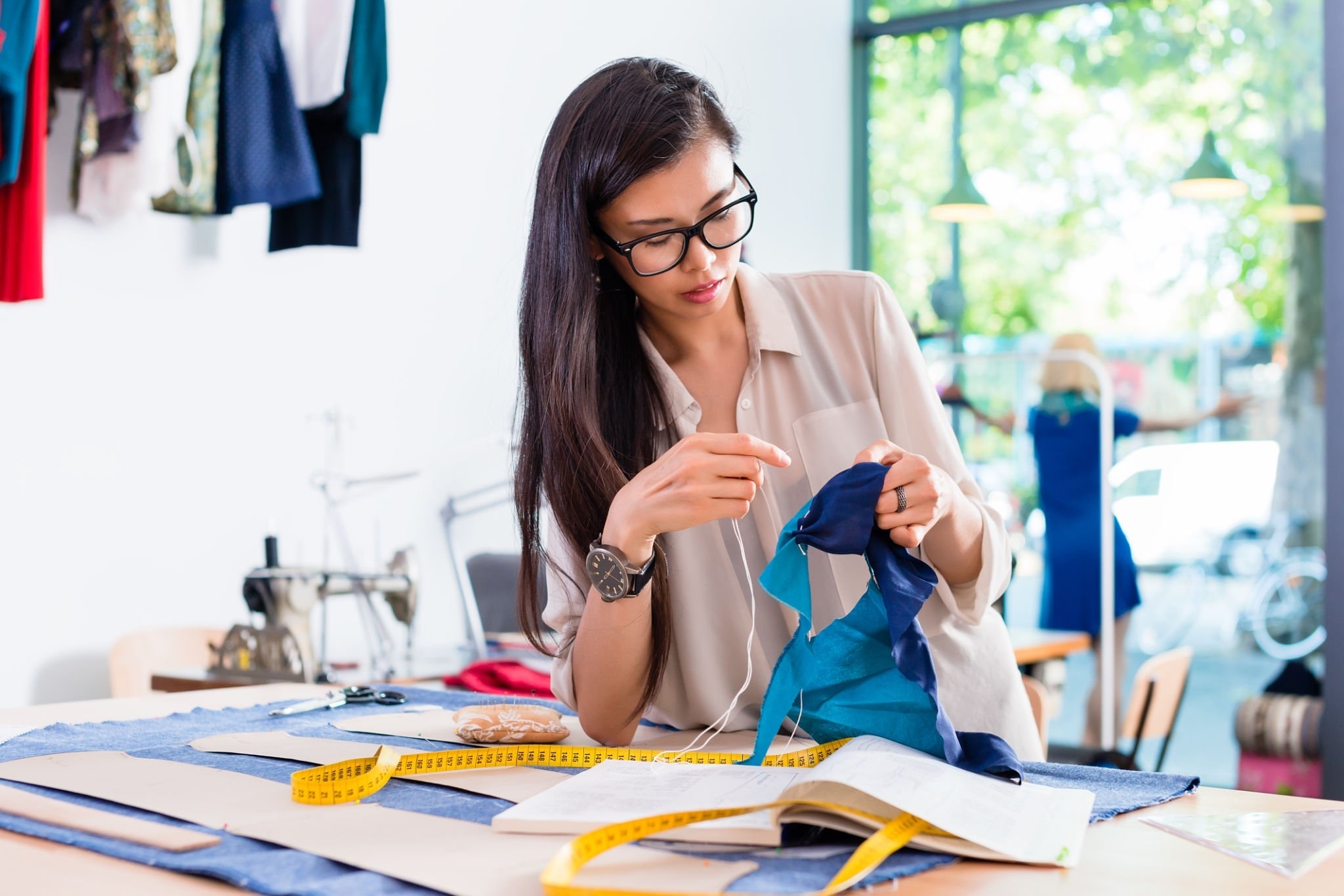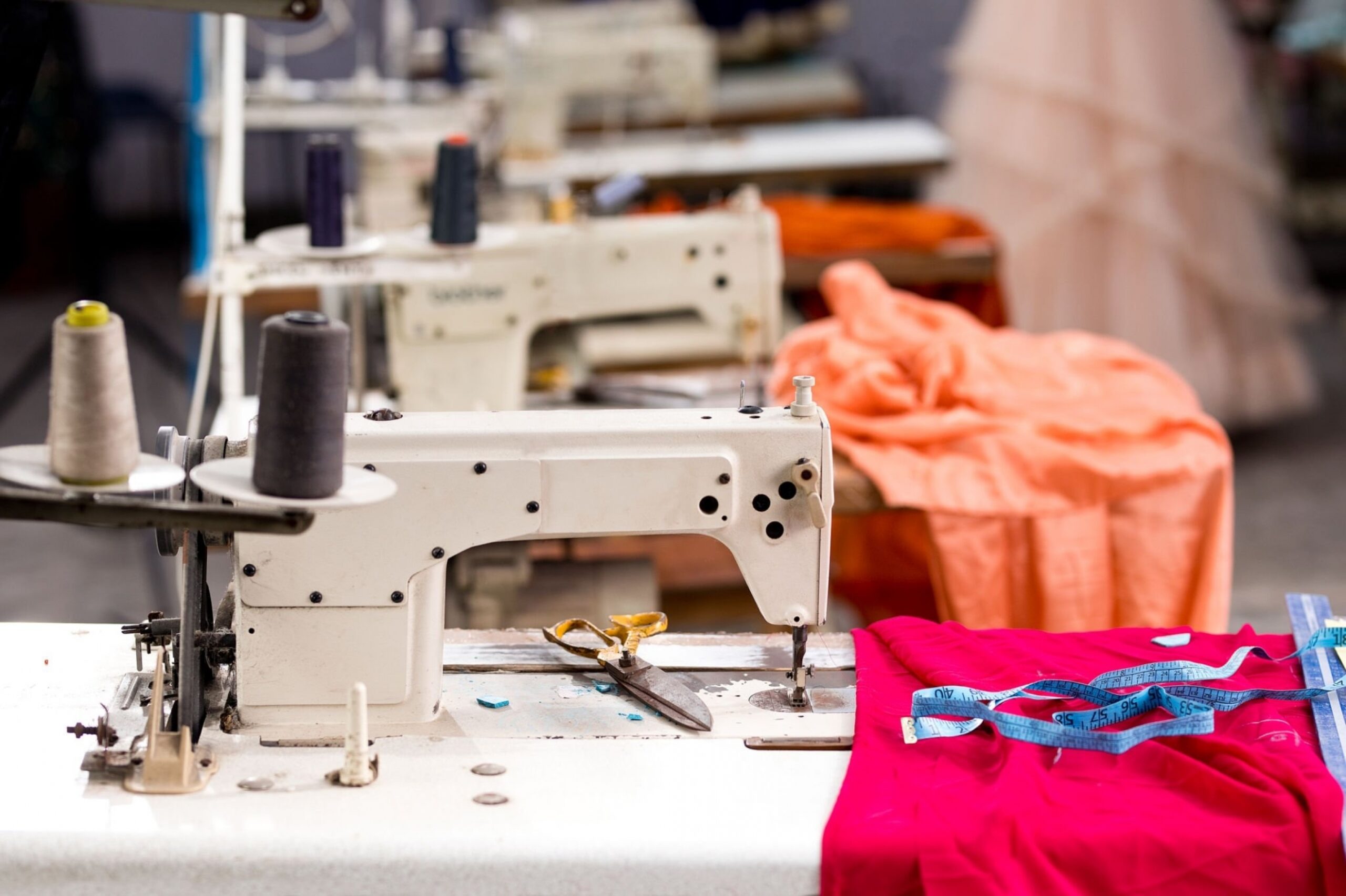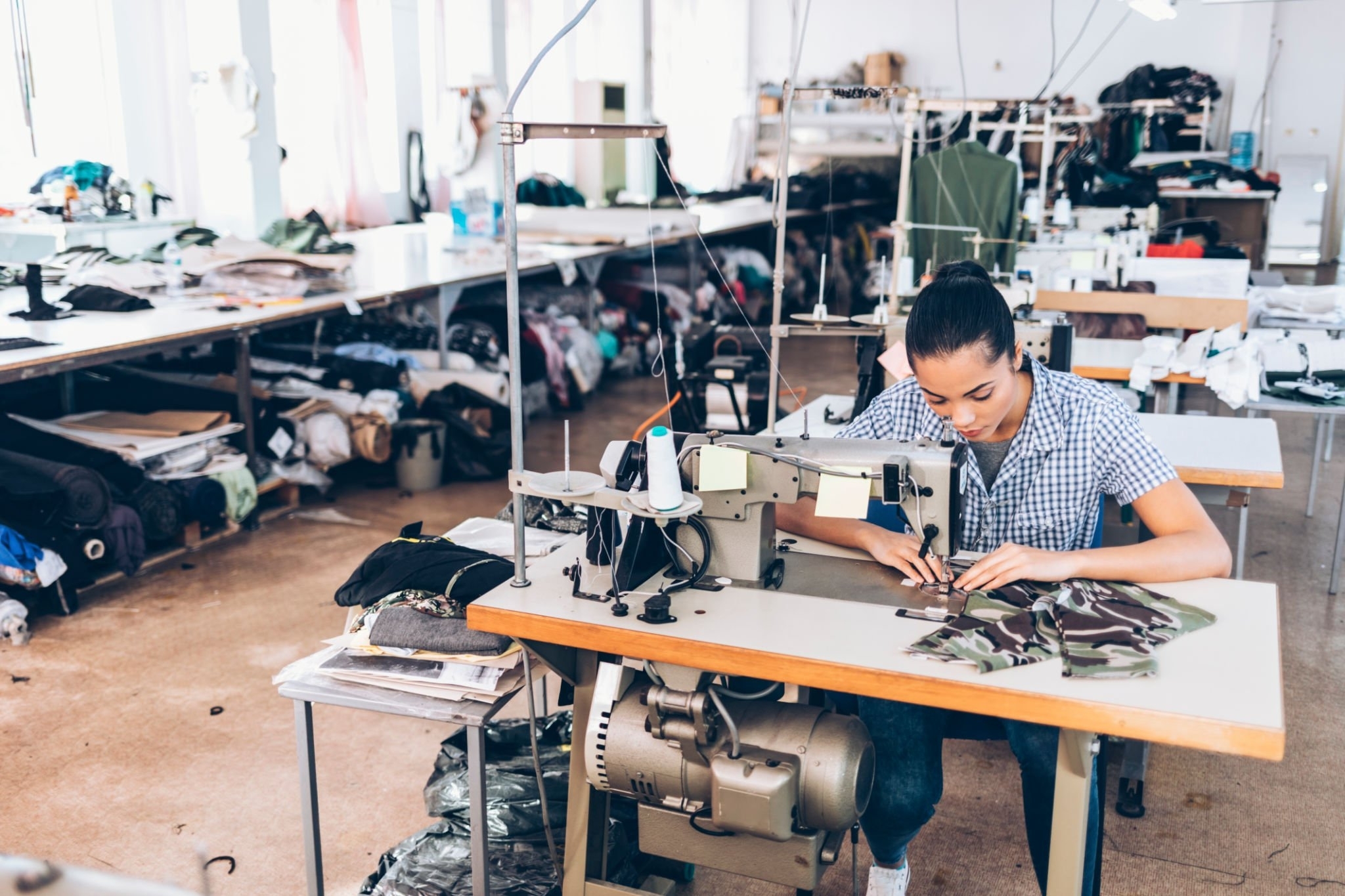When it comes to sourcing clothes from China, you’d be surprised that the country is the largest clothing supplier in the world. It is a country of fashion with good quality and competitive prices. However, sourcing from China, like other countries, requires strict adherence to import regulations. In this blog, we’ll cover the seven steps you have to follow before sourcing from China.
1.Know the import rules & regulations of your country.
As a fashion-conscious individual, knowing the laws related to importing clothing into your country is essential. Understanding the laws related to importing clothing items will help you make informed decisions regarding the importation of clothing items. When choosing an importer, it is vital to look for one with experience and knowledge of the legal aspects of clothing importation.
Labeling standards for imported clothing must be met to be compliant. The general requirements for labeling garments are as follows:
– The country of origin (if applicable) must be stated on the label in English or a language the customs officers understand.
– The name and garment style of the product must be indicated on the label.
– The country of manufacture must be stated on the label if possible.
– Any additional information required by government regulations must be indicated on the label, such as washing instructions, fabric content, etc.
Importing clothing from China involves several factors to consider. These include tech pack design, selection of fabrics, preparation of samples, and more. A sourcing company can help you find suppliers in Asia, manage communications, and ensure quality control and compliance with global standards. This way, you can ensure that your clothing items are Made in China with pride and quality assurance.
- How to start a fashion consultant businessFashion is about expressing yourself, and what better way to do that than through clothes? Whether you are a designer, blogger, business owner, or fashion enthusiast, you may have thought… Read more: How to start a fashion consultant business
- 7 Steps to Import Fashion bulk Clothing from ChinaWhen it comes to sourcing clothes from China, you’d be surprised that the country is the largest clothing supplier in the world. It is a country of fashion with good… Read more: 7 Steps to Import Fashion bulk Clothing from China
- How to find China clothing manufacturer (Tips and strategies)When you decide who to manufacture clothing from, you will do well to consider sourcing raw materials from China. There are many reasons for this—and the main one is cost.… Read more: How to find China clothing manufacturer (Tips and strategies)
- How to write a business fashion planIt is no wonder fashion is an industry with constant innovation. It is a business that requires constant research and development to stay on the top of the mind of… Read more: How to write a business fashion plan
- Skills to help you succeed as a fashion consultantIf you’re interested in becoming a fashion consultant, developing the skills above is essential. A strong understanding of fashion trends and popular styles will help you identify what is trending… Read more: Skills to help you succeed as a fashion consultant
- The competitive advantage of Vietnam clothing manufacturersVietnam is one of the fastest-growing apparel industries in the world. This industry has been on an upward trajectory since 2010, and it’s expected to grow further in the years… Read more: The competitive advantage of Vietnam clothing manufacturers
2.Find out Taxes & Duties
If you’re planning to import fashion clothing from China into your country, you must first look up the laws and regulations regarding the same. This will help you accurately understand the process of importing fashion clothing from China to your country. You should also pay the balance to the vendor before shipping the goods.
It is best to work with a freight forwarder for door-to-door transportation and tracking of the shipment. This will help save time and money compared to shipping directly via air or sea. You should also obtain the required licenses and permits, especially if you import fashion clothing from China in large quantities. These documents help establish that you have permission to import the clothes in question and ensure compliance with applicable laws and regulations. Lastly, you must check for applicable taxes and duties related to importing fashion clothing from China, keeping in mind that such a tariff would vary across countries.
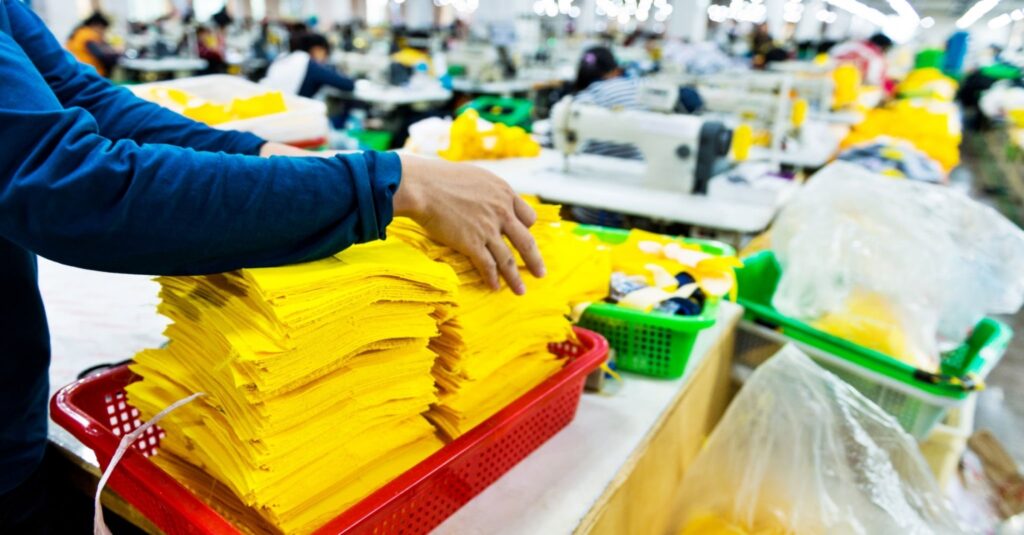
3.Obtain import licenses
To import clothing from China, obtaining import licenses and permits is essential. Before making a purchasing decision, you must research the laws and regulations of your country. The manufacturer should also consider the minimum order quantity (MOQ) set. Getting to know the tech pack design, selection of fabrics, and other aspects of the supplier is also important.
Using a sourcing company can also help you find reliable suppliers and manage communications and quality control of goods. Following these steps, importing clothing from China can be easier and more enjoyable.
4.Search for a reliable supplier.
China has the largest clothing export in the world, amounting to $189.353 billion as of July-2017. Businesses and individuals can easily access myriad clothing manufacturers from China. However, finding a reliable supplier can be difficult. Many suppliers require a minimum order quantity of about 500 to 1000 pieces per product. Additionally, many of them charge high shipping fees and processing fees for large orders.
As a result, businesses and individuals must be smart and meticulous when sourcing clothing in China. They must research fabrics and tech packs offered by the chosen supplier thoroughly before negotiating prices, prepare samples to show the quality of their products, and be careful with shipping logistics.
5.Bargain over prices and ask for minimum order quantity.
-Start by comparing the prices of similar products offered by multiple online and offline sellers.
-Once you have a fair idea of the product price, it’s time to start negotiating terms and conditions with the supplier.
-Negotiate on the minimum order quantity (MOQ) of at least 500 pieces. This will help you get a good deal without compromising on quality.
-A good way to start is by agreeing on a shipping term, such as FOB shipping terms, instead of CIF shipping terms. This will help you avoid additional shipping and export fees from the supplier.
-Finally, ensure a long-term perspective when making business agreements. This will help you get the best deal without becoming too complacent about the terms and conditions of the agreement.
6. Purchase samples
– You should transfer the 70% balance to the supplier’s bank account before packing products that have passed quality control and scientific tests.
– The minimum order quantity (MOq) for clothing from China is usually around 500 to 1000 pieces per product. Ensuring the product has been properly inspected and quality assured will help avoid issues while shipping. Hence, shipping goods through a freight forwarder is a good option to keep track of the door-to-door transport cost and ensure cargo safety.
– Lastly, bulk tank Top Fitness Wear Women Wholesale Exercise Clothing is available with verified business licenses with suppliers from Guangdong, China. These entities are known for their quality standards and customer satisfaction. Thus, consider them a sourcing option for your fashion bulk clothing import needs.
7. Consider Sourcing an agent to help you import from China (EJET Sourcing as an example)
A good China sourcing agent should be fluent in both Mandarin and English, experienced in audit and logistics, and have in-depth knowledge of Chinese business culture. When negotiating with a supplier, it is best to ask for FOB shipping terms to save costs. When researching a supplier, use search engines and Chinese suppliers’ directories to find trusted companies.
EJET Sourcing is a trusted China sourcing agent with years of experience handling Chinese suppliers. It can handle all types of import auditing and logistics with ease. Besides, it offers various import sourcing solutions such as single-stop import shipping services, minimum order value shipping services, and customs clearance assistance programs. With its help, it’s easier to source quality products from China without hassle.
Conclusion
No matter where you source your products, importing the bulk from China is always best. Here are some steps to help you find the best supplier and get the best price for your product. Even if you follow these steps, you might still run into trouble sourcing from China. If you have any questions, feel free to contact us.

